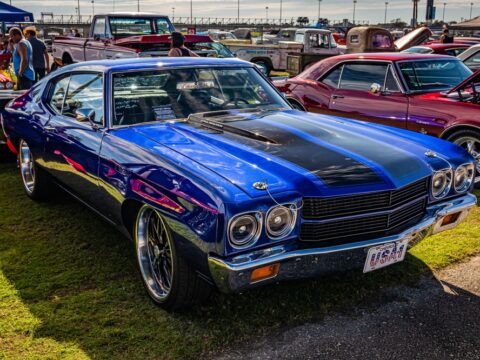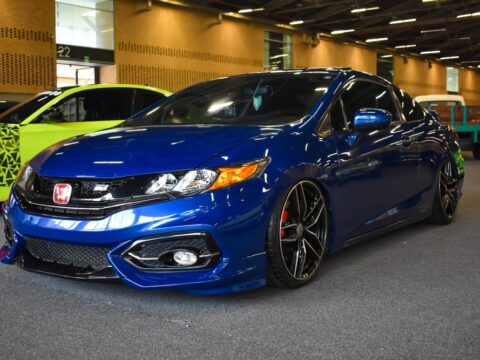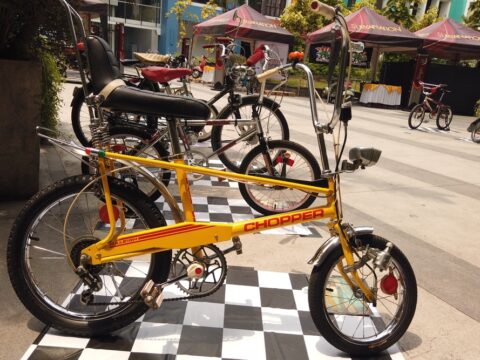Operating transport aircraft isn’t always smooth flying, especially when certain designs present unexpected challenges. From complex systems to cumbersome loading procedures, these aircraft often test the skills and patience of their crews. In this article, we’ll explore 18 transport aircraft designs that, despite their capabilities, come with a set of struggles for those who fly them.
Contents
Airbus A400M Atlas
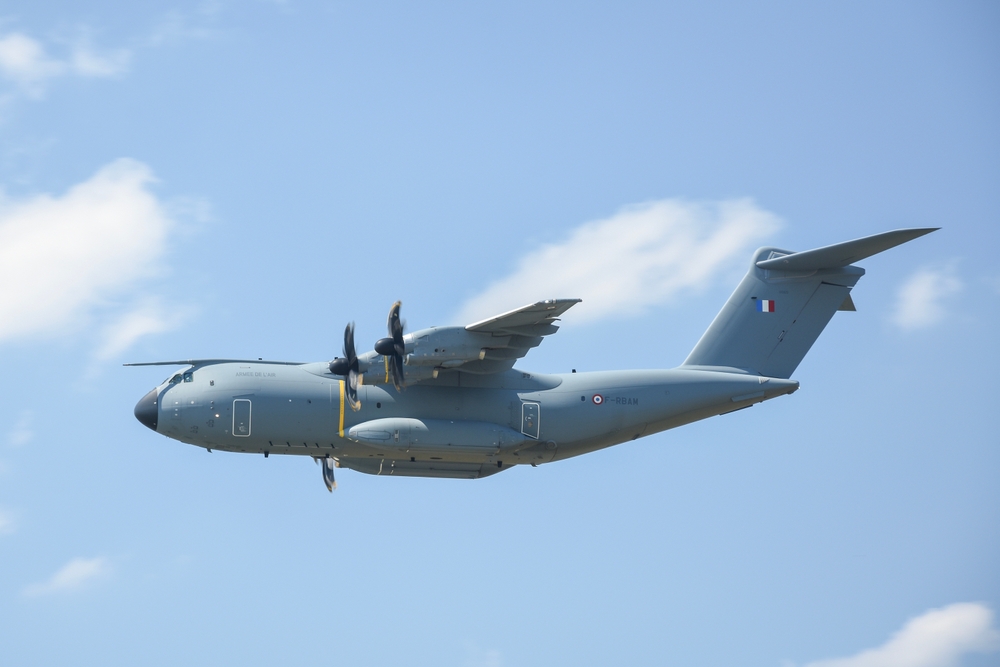
The Airbus A400M Atlas, designed to fill the gap between tactical and strategic airlifters, has not had an easy journey. Its engines have been particularly troublesome, often requiring significant attention due to mechanical failures. Despite its advanced fly-by-wire systems, these technologies have proved challenging in real-world conditions, necessitating frequent troubleshooting.
Boeing C-17 Globemaster III
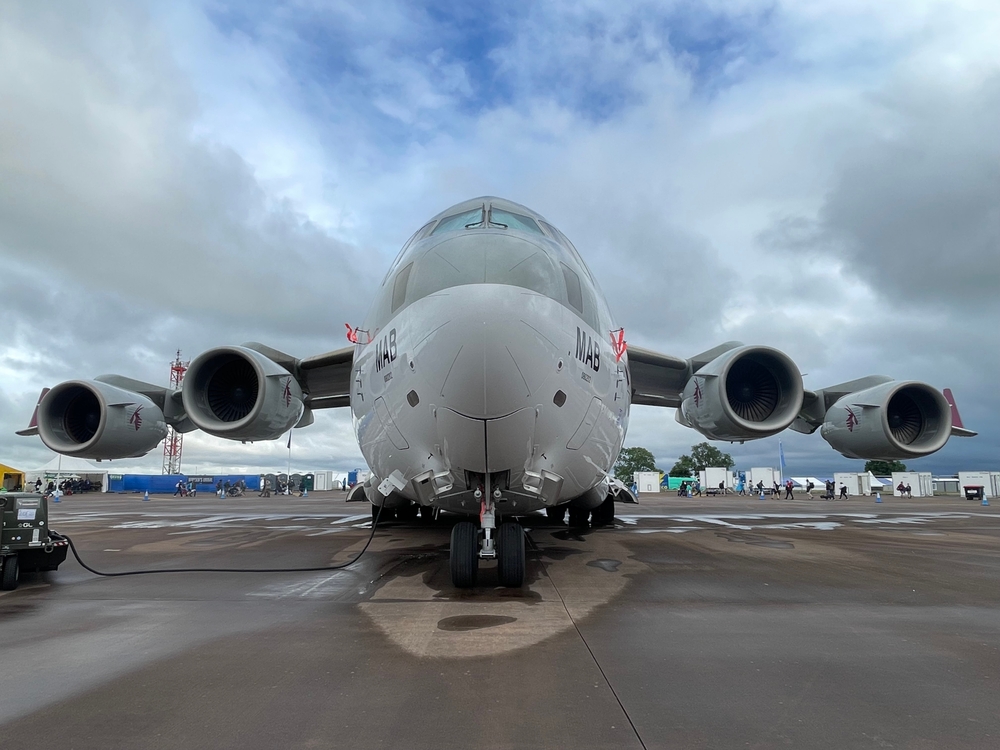
Known for its versatility, the Boeing C-17 Globemaster III is a reliable workhorse, yet it’s not without its challenges. The aircraft’s advanced avionics can be prone to glitches, demanding specialized training for the crew. Furthermore, the complexity of its loading and unloading procedures, especially in remote environments, can create additional difficulties. Its large size, though advantageous in many respects, also limits its operational flexibility on smaller airfields.
Antonov An-124 Ruslan

The Antonov An-124 Ruslan, a heavy-lift cargo aircraft, is a giant of the skies, but its size and aging technology can be a burden. Crews often grapple with outdated avionics, leading to frequent and time-consuming repairs. The aircraft’s considerable size poses significant challenges during ground maneuvers, particularly at smaller airports.
Lockheed Martin KC-130

The Lockheed Martin KC-130 is renowned for its versatility, yet it presents significant challenges, particularly during aerial refueling operations. Older avionics and manual controls require a high level of skill and experience from the crew. Moreover, the aircraft’s speed and range are limited, making long-haul missions particularly demanding. Maintenance demands are also high, often leading to prolonged periods out of service.
Airbus A330 MRTT
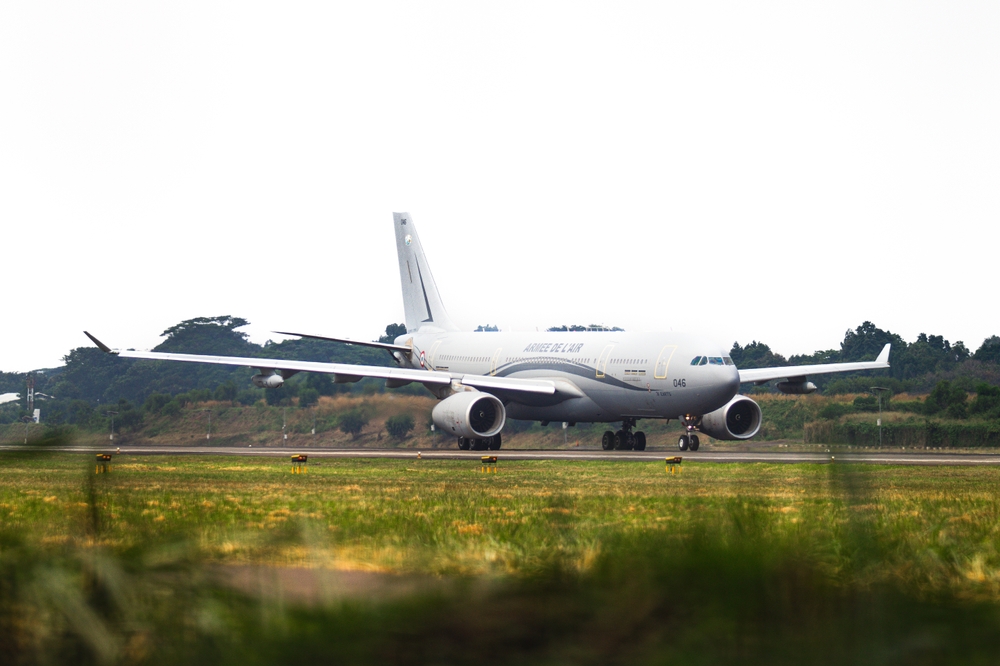
The Airbus A330 MRTT, a multi-role tanker and transport aircraft, pushes crews to their limits with its dual operational demands. Managing complex refueling systems while simultaneously handling cargo operations can be overwhelming. Although the aircraft features modern avionics, these systems are not without flaws, frequently requiring software updates. Additionally, its large size restricts its usability on smaller or less-equipped airfields, complicating mission planning.
Boeing KC-46 Pegasus
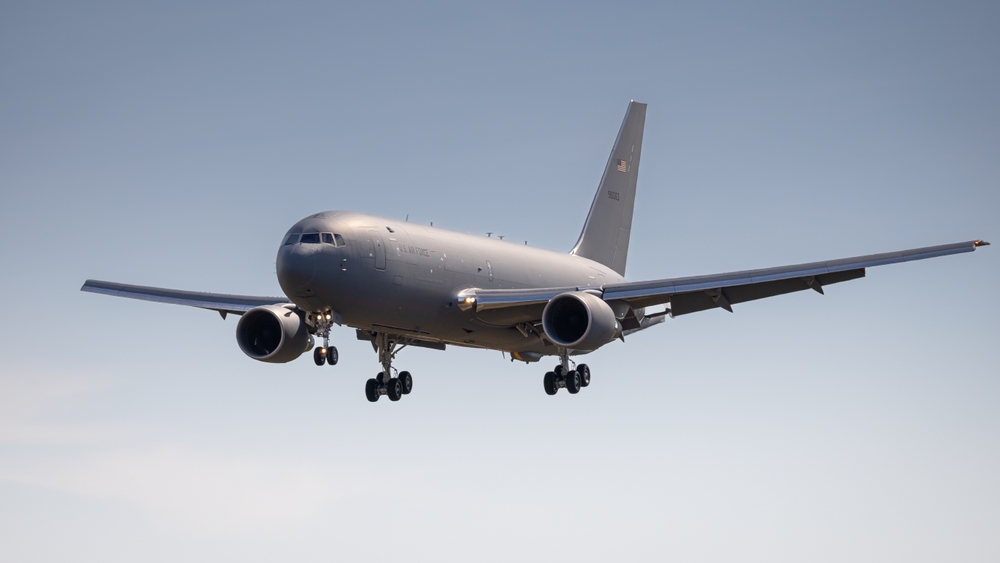
The Boeing KC-46 Pegasus, despite being a modern addition to the fleet, has encountered significant issues that affect operational reliability. The refueling boom and Remote Vision System (RVS), crucial for its primary mission, have been notorious for malfunctions. These technical problems, combined with complex avionics, have necessitated extensive training, much to the dismay of crews.
Antonov An-225 Mriya
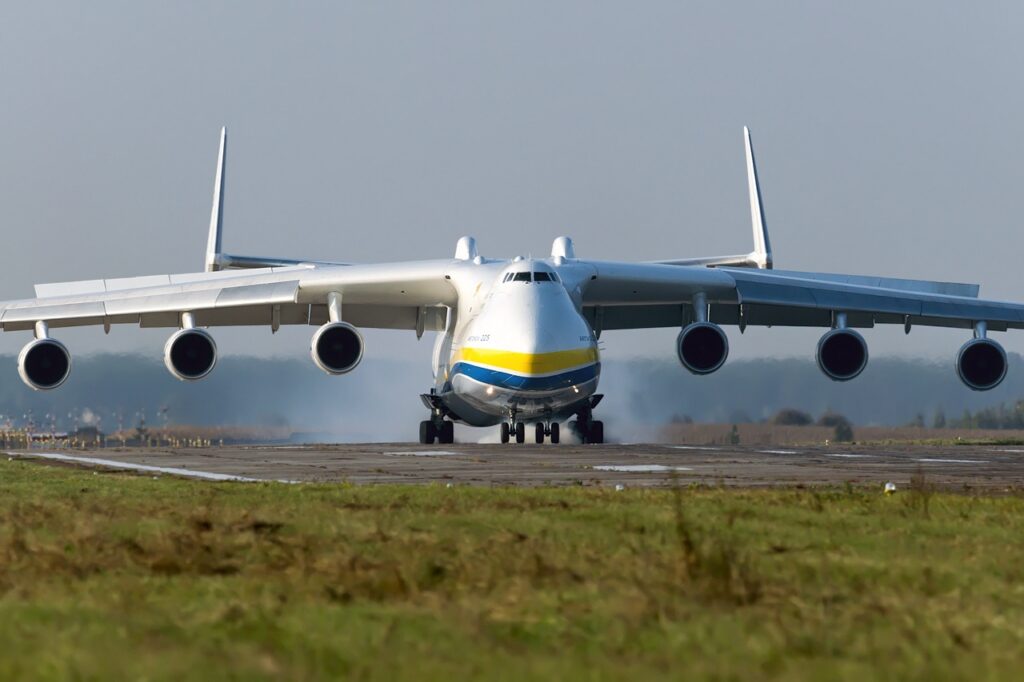
The Antonov An-225 Mriya, the largest aircraft ever built, is a marvel of engineering, but its sheer size introduces numerous operational difficulties. Loading this behemoth requires specialized equipment and procedures, often leading to significant time consumption. The aging avionics and mechanical systems frequently break down, demanding extensive and costly maintenance.
Lockheed Martin C-130 Hercules
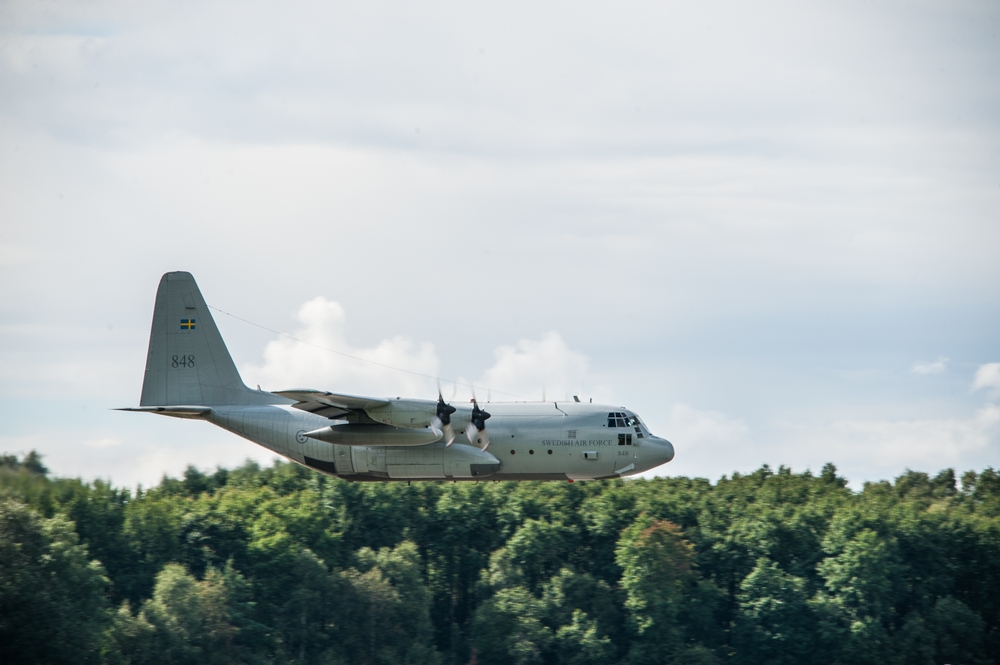
The Lockheed Martin C-130 Hercules is a legendary transport aircraft, but its long service life and versatile design present notable challenges. The aircraft’s older systems necessitate a great deal of manual operation and frequent maintenance, tasks that can burden the crew. Compared to modern alternatives, the C-130’s range and speed are limited, complicating long missions. Its rugged build, though useful in harsh environments, often makes longer flights uncomfortable.
CASA C-295
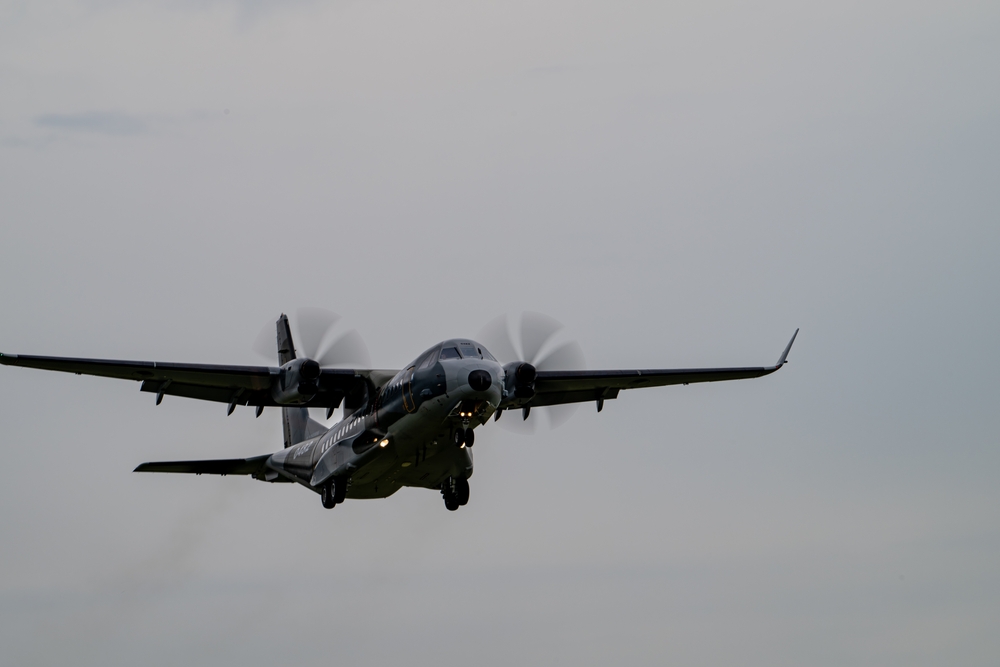
The CASA C-295, a medium tactical transport aircraft, is appreciated for its operational flexibility, yet crews often find its smaller size and manual operations challenging. Loading and unloading can be labor-intensive and time-consuming due to the aircraft’s design. While the avionics are modern, they have a reputation for software glitches, necessitating regular updates.
Embraer KC-390 Millennium
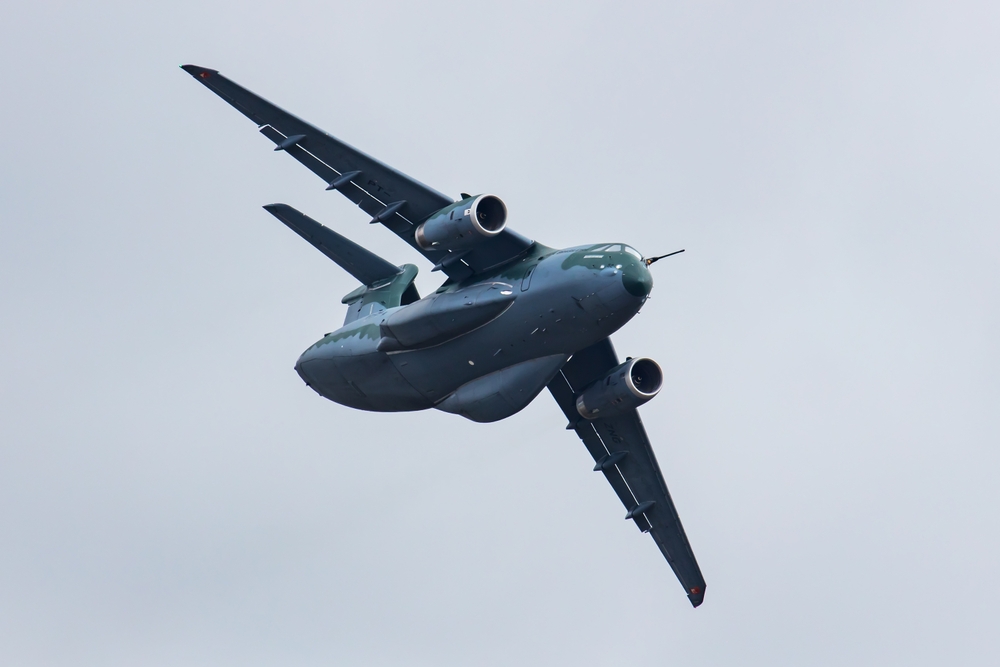
The Embraer KC-390 Millennium is a promising newcomer in military transport, yet its advanced features present a steep learning curve. The fly-by-wire controls and sophisticated avionics require extensive training, especially for crews accustomed to older systems. Its size and speed, although advantageous in many situations, can pose difficulties in confined spaces or on short airstrips.
Boeing 747 Dreamlifter
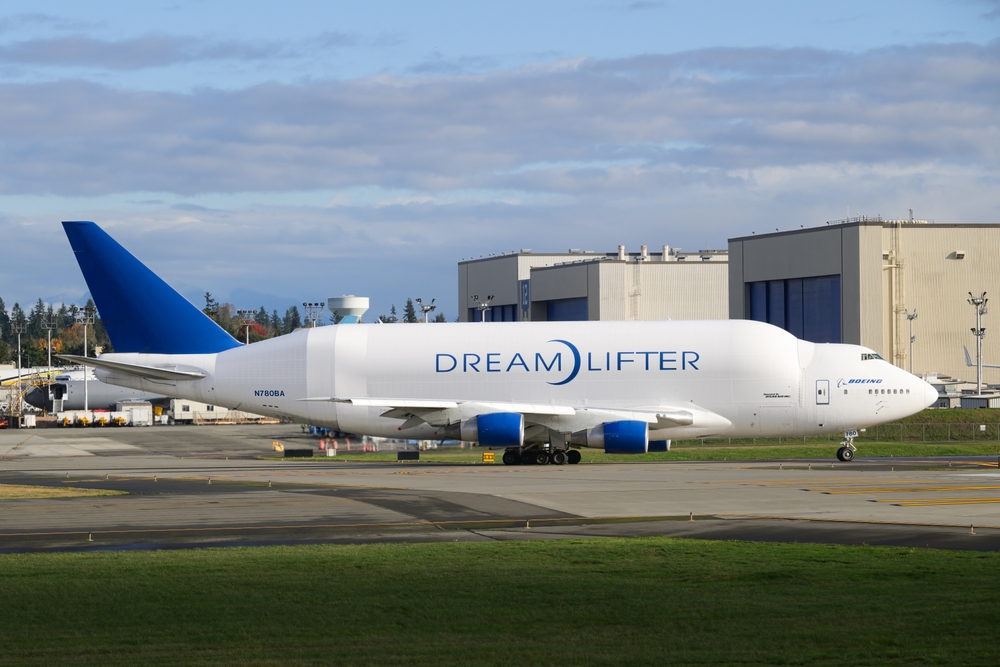
The Boeing 747 Dreamlifter, specifically modified to transport oversized cargo, has its own set of unique challenges. The rear fuselage swings open to allow loading, a process that can be unwieldy and requires specialized ground equipment. Moreover, the aircraft’s immense size limits the number of airports where it can operate, complicating logistics. Maintenance is also a concern, as the modifications to the original 747 design mean that repairs often require specialized parts and expertise.
Antonov An-22 Antei
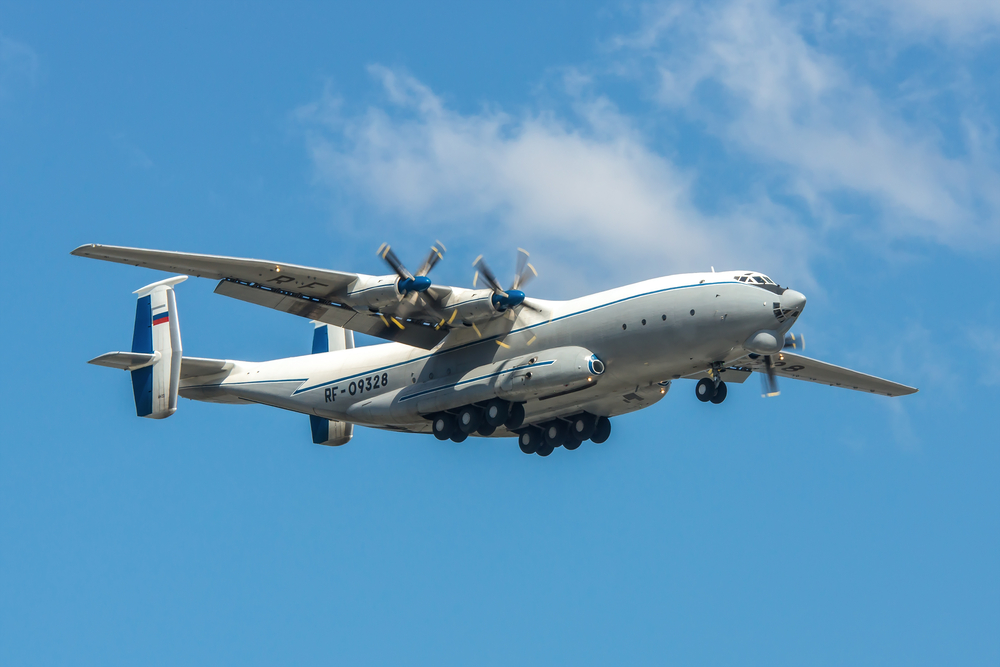
The Antonov An-22 Antei, a massive turboprop transport aircraft, is known for its impressive lift capabilities but suffers from aging technology. Its mechanical controls require significant manual input, making it challenging to operate efficiently in today’s automated environment. The aircraft’s large size limits where it can land and take off, requiring specialized infrastructure.
Ilyushin Il-76
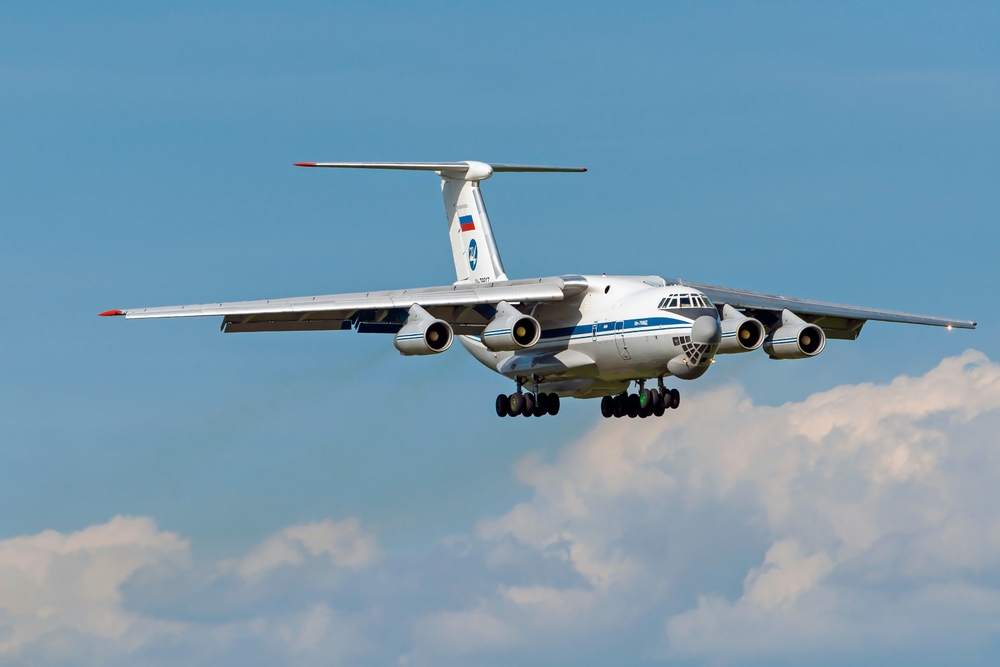
The Ilyushin Il-76, a Soviet-era transport aircraft, remains in use but has struggled to keep up with modern demands. Its analog systems and manual controls can be cumbersome, especially for crews used to more advanced technology. The aircraft’s limited range and speed are significant drawbacks on long-haul missions.
Airbus A300-600ST Beluga
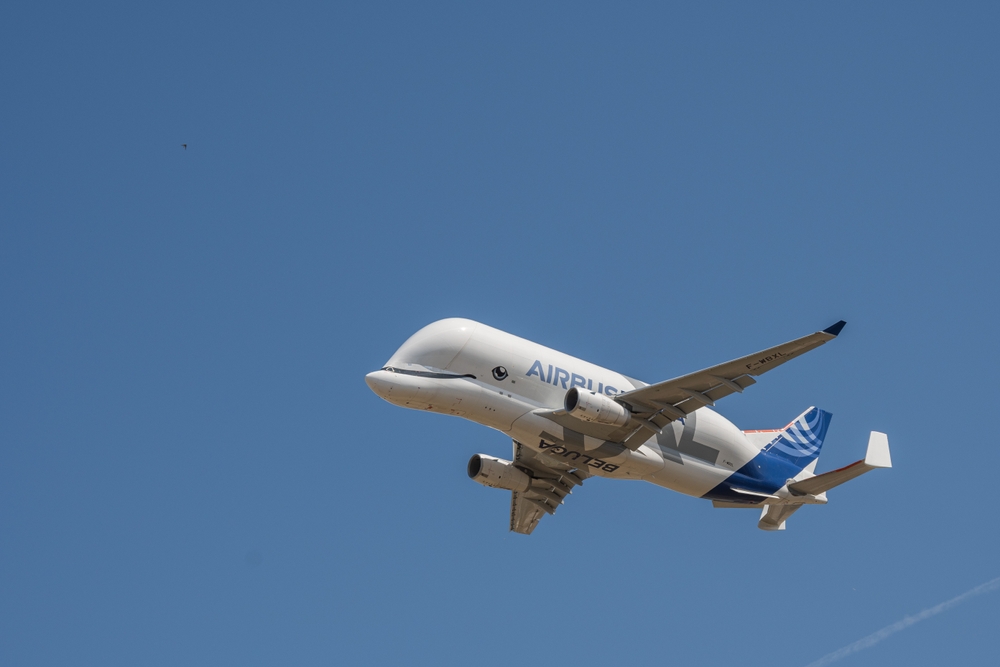
The Airbus A300-600ST Beluga, famous for its whale-like appearance, is designed for transporting oversized cargo but brings a host of operational challenges. Loading the aircraft requires specialized procedures and equipment, which can slow down operations. Despite its modern avionics, the Beluga has encountered software issues, demanding frequent updates. Furthermore, its relatively limited range compared to other cargo aircraft can hinder its efficiency on longer missions.
Lockheed C-141 Starlifter
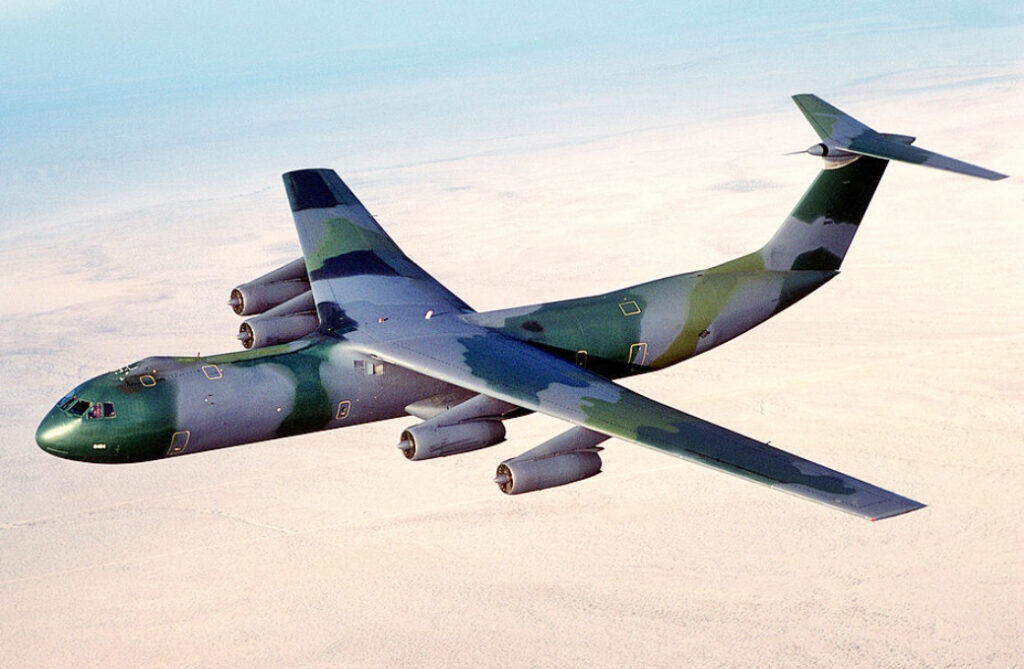
The Lockheed C-141 Starlifter was once the backbone of the U.S. Air Force’s strategic airlift capability, but it faced several operational challenges. Its cargo capacity, though significant at the time, pales in comparison to more modern transport aircraft, limiting its utility. Crews often dealt with aging avionics and mechanical systems that were prone to failures, resulting in frequent maintenance.
McDonnell Douglas KC-10 Extender
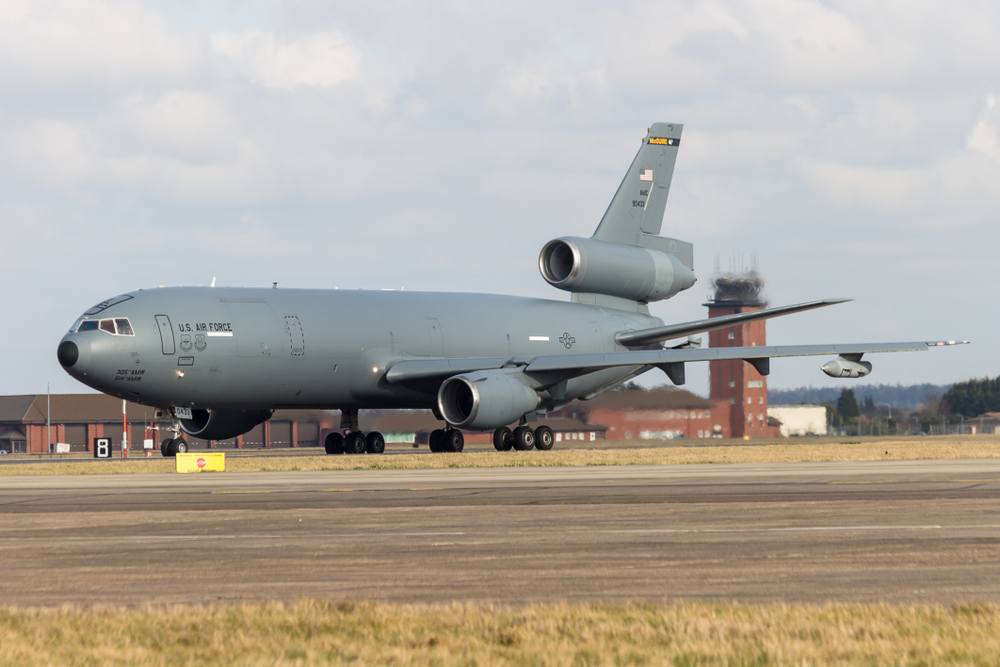
The McDonnell Douglas KC-10 Extender is a critical refueling aircraft, but its dual role creates complexity. Crews must master the intricate refueling systems, which require specialized training to operate safely and efficiently. The aircraft’s size, though beneficial for carrying large fuel loads, restricts its operations to well-equipped airfields. Moreover, as the KC-10 ages, its outdated avionics and systems demand constant maintenance, leading to frequent downtime.
Northrop Grumman E-2 Hawkeye
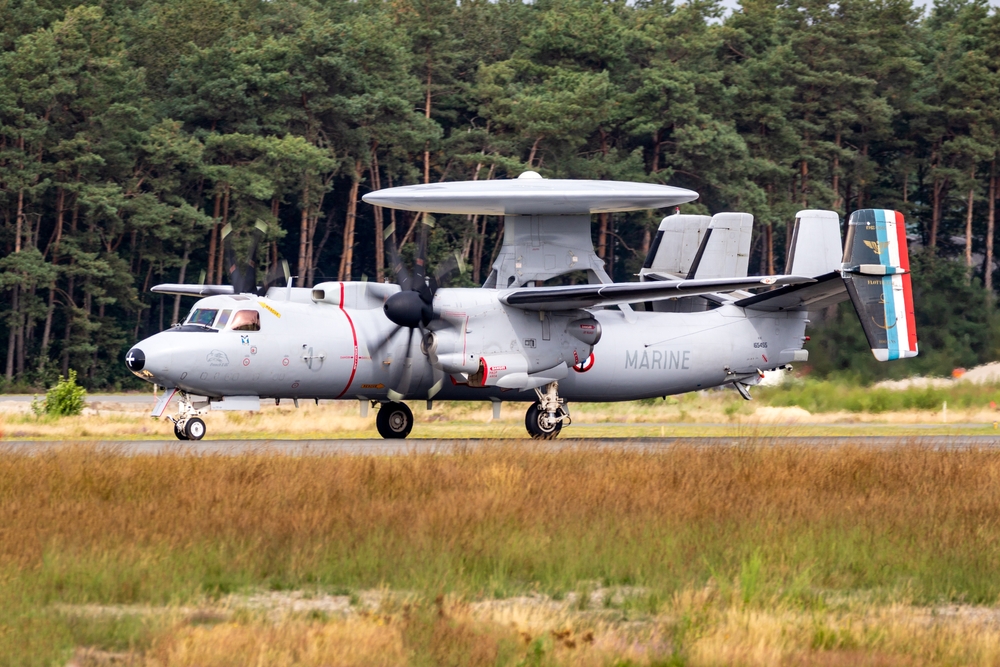
The Northrop Grumman E-2 Hawkeye, a carrier-based aircraft, is essential for early warning missions, but its design comes with significant operational difficulties. The aircraft’s compact size limits its payload capacity, meaning crews must carefully manage space for personnel and equipment. Operating in the demanding environment of aircraft carriers requires precision and skill, particularly during takeoff and landing.
Lockheed Martin C-5M Super Galaxy
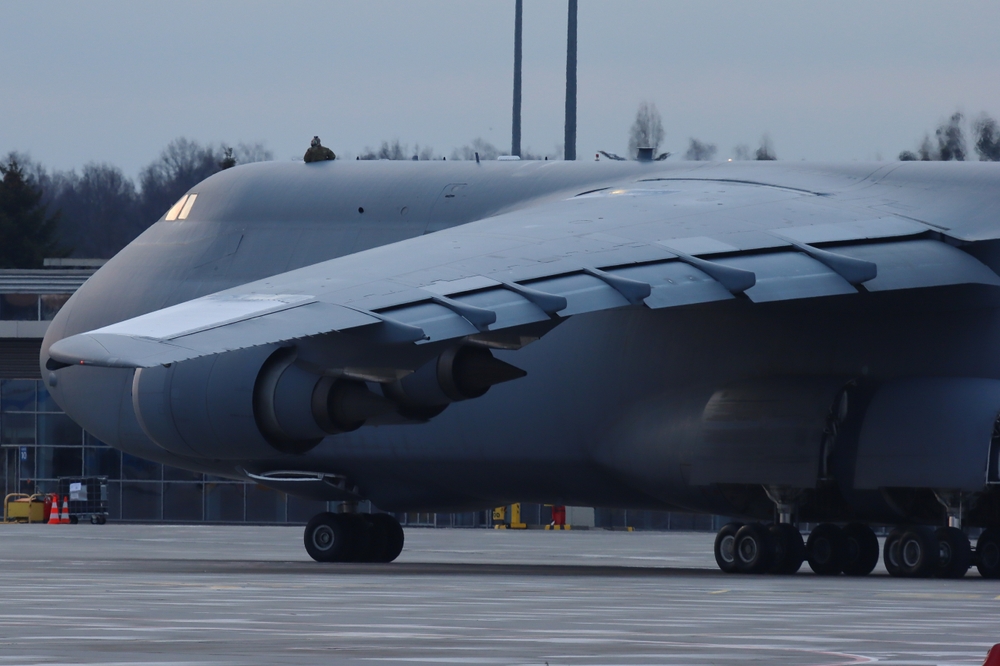
The Lockheed Martin C-5M Super Galaxy, an upgraded version of the C-5, retains many of the challenges of its predecessor despite its improvements. Crews often struggle with the aircraft’s enormous size, which complicates operations on smaller airfields and requires specialized infrastructure. While new engines and avionics have enhanced performance, the C-5M still requires extensive maintenance, leading to operational delays.
This article originally appeared on MyCarMakesNoise.
More from MyCarMakesNoise
20 Engine-Damaging Habits You Didn’t Know About

Your car’s engine is the heart of your vehicle, and keeping it in good condition is essential for its longevity and performance. However, many drivers unknowingly engage in habits that can cause serious damage over time. Read More.
The 20 Worst Engines to Ever Power a Car
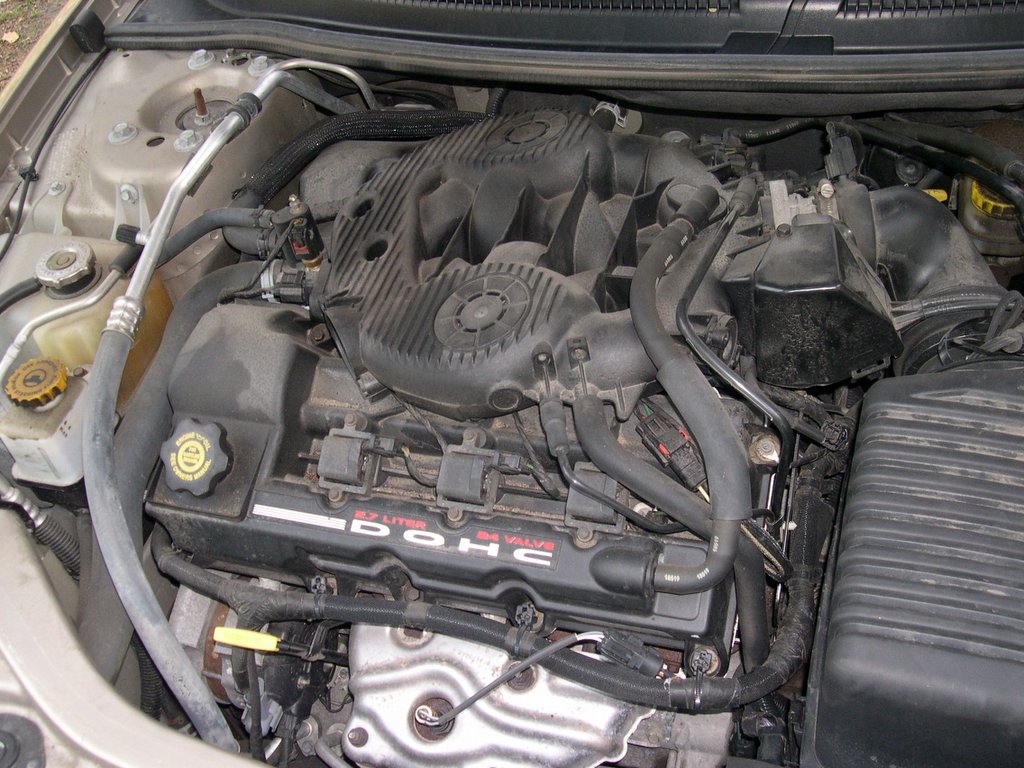
Some car engines are notorious for their high maintenance costs and frequent breakdowns. From the Cadillac V8-6-4 to the Volkswagen 2.0L TSI, these engines have faced numerous reliability issues, leading to costly repairs and owner frustration. Read More.
23 Luxury Electric and Hybrid Cars Leading the Market
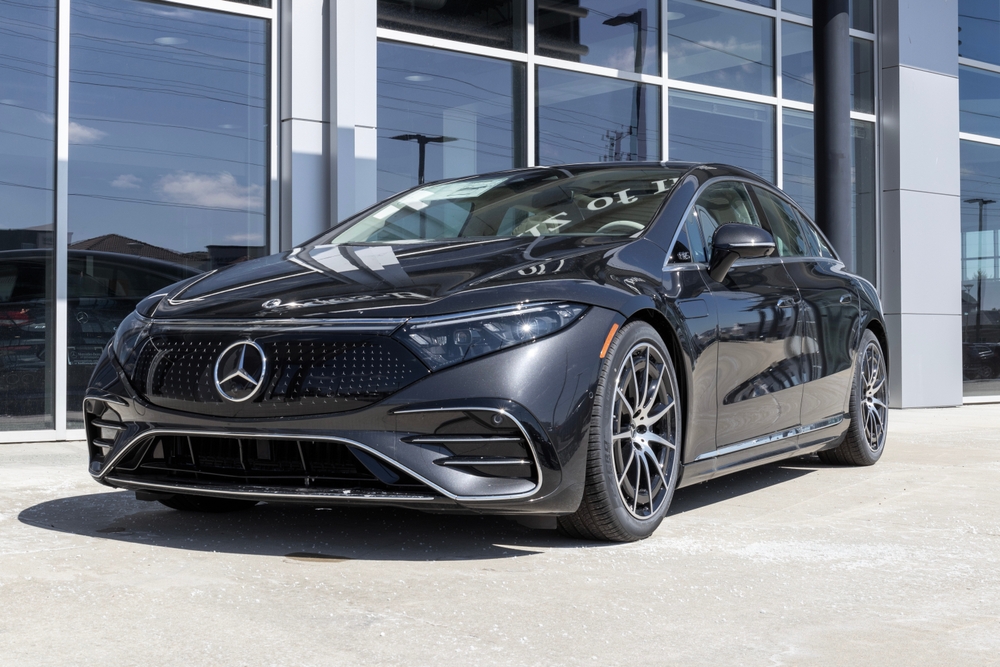
As the automotive industry embraces the shift towards sustainability, luxury car manufacturers are leading the way with a stunning array of high-end electric and hybrid vehicles. Read More.

